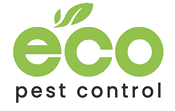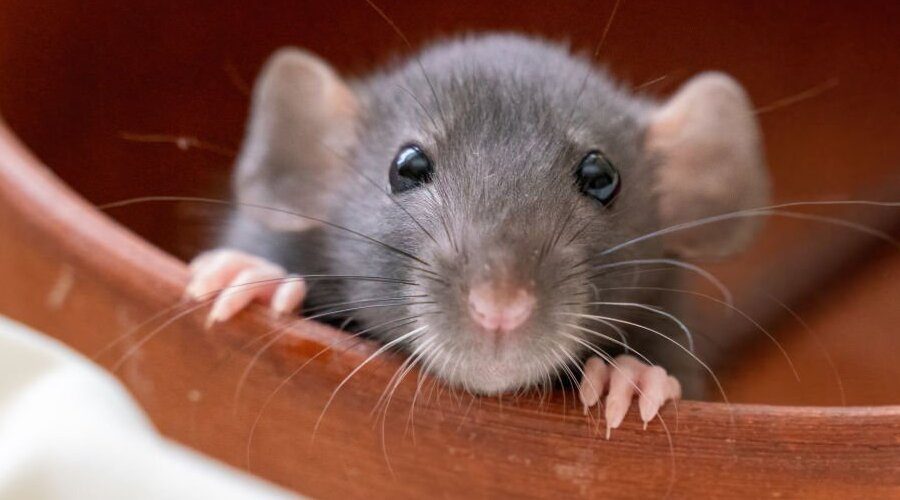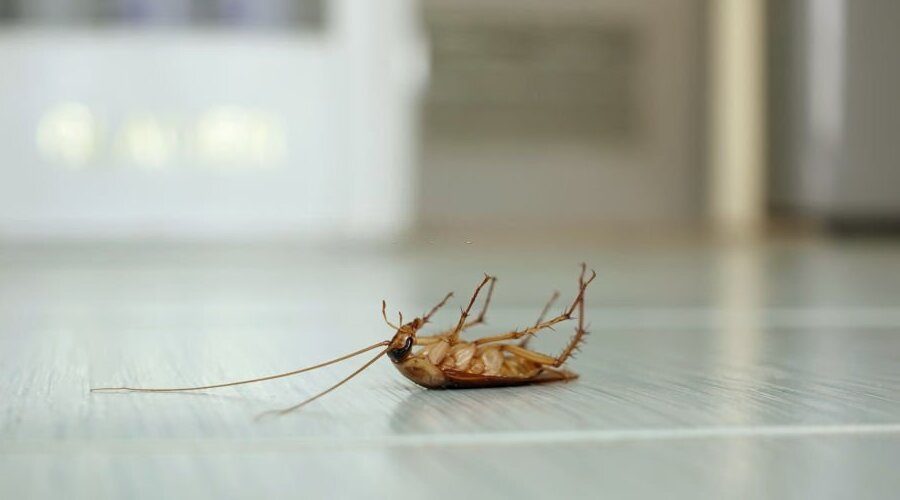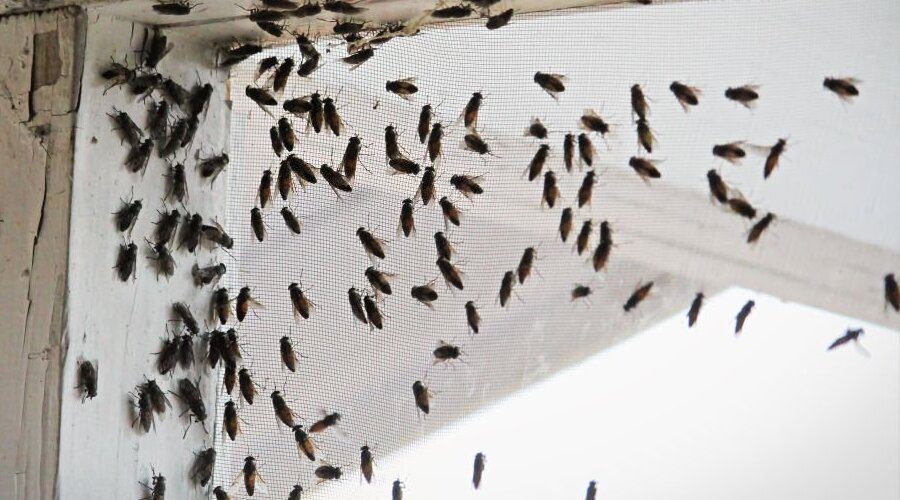Top 10 Environmentally Sustainable Pest Management
Protecting Your Home and the Environment
Unwanted pests can be a huge nuisance and present health risks for your family, making pest control vital.
But traditional pest control methods may involve harsh chemicals that can also impact the environment.
Luckily, there are plenty of eco-friendly methods of pest control available so you can eliminate pesky critters without damaging the planet.
From physical barriers to natural repellents to mechanical controls, this article presents the top 10 eco-friendly pest control measures.
Also, answers some frequently asked questions about them.
A. Physical barriers
Doors and window screens
Installing door and window screens is the first line of defense when it comes to keeping pests, like cockroaches, ants, and fleas out and it’s an incredibly easy eco-friendly measure that you can take yourself. An investment in a good quality frame with fine mesh will create a strong barrier that flies, mosquitos, wasps, bees, and small rodents can’t get through. To be doubly sure bugs don’t make their way inside, ensure windows fit tightly in their frames and inspect doors for tears or gaps. You may also want to consider adding weatherstripping or caulk around doors and windows to plug any holes or crevices.
Door sweeps
While screen doors will block flying bugs, it’s important to also keep an eye out for ground-dwelling pests like cockroaches and spiders. That’s where door sweeps come in. A door sweep is a seal that attaches to the bottom of your door and prevents any critters from entering your residential property and commercial property. For maximum efficiency, choose a door sweep with both rubber and bristles, or just go for an automatic closing mechanism that allows you to “sweep” bugs back out into outdoors with one push of the button. Either way, it’s an extremely effective eco-friendly pest control service at keeping out all unwanted guests.
Remove Sources of Food and Water
Insects and rodents are attracted to moisture, food particles, and scraps. So another pest controller approved solution is to eliminate all sources of food and water from your residence. This may include vacuuming regularly, inspecting water pipes for leaks or drips, keeping food in airtight containers, getting rid of clutter where bugs could hide, removing discarded furniture or mattresses that might harbor insects, and disposing of garbage regularly.
B. Natural Repellents
Essential Oils
Another organic pest control product is to use essential oils as natural repellents, which provide a more pleasant scent than toxic chemical insecticides and traditional pesticide and still work effectively at deterring bugs. They can be used in their original diluted form. Simply place a few drops along the areas where you’d usually find insects. You may also choose to buy specialised products infused with these oils for easier application. Experiment with different types of scents and you should eventually find one that works best for your particular pests.
Cloves
Another natural repellent you can use for home pest management is cloves. It works especially well against mosquitoes, as the strong smell of this spice will adequately drive them away. To make a natural clove repellent, simply take some whole cloves and crush them until they are finely ground. Then sprinkle this powder in areas that are prone to pest infestations. You can even mix the ground cloves with some rubbing alcohol to create a more potent repellent spray, but be sure to do. So outdoors as the vapors can be quite strong.
Neem Oil
Another natural oil you can use for organic pest control method is neem oil, which is derived from the neem tree and works as an effective insecticidal spray. It will kill off bug larvae on contact and repel adult insects with its strong fragrance. All you need to do is mix one teaspoon of neem oil per litre of water and place it in a spray bottle; then all you have to do is lightly spritz any infested areas.
Diatomaceous Earth
Last but not least in the category of natural repellents is diatomaceous earth. Simply sprinkle or spray some of this powder around areas where you would normally find insects or rodents, and the diatomaceous earth will effectively dry out moisture-loving critters and eventually take care of them once and for all.
C. Mechanical Controls
Traps
If you don’t mind having to dispose of trapped pests manually then mechanical controls like traps are a great eco-friendly alternative to chemical-based insecticides. There is a large variety of traps available, from adhesive strips to electric plug types. However, the glue band or sticky paper traps tend to be one of the more effective and hassle-free options. All you need to do is lay out several strips positioned around potential entryways or corners where bugs may linger, check them regularly, and then dispose of any caught bugs as necessary.
Vacuums
Vacuums are another handy mechanical tool you can use for eco-friendly pest management solutions. Besides cleaning up messes and dust, they’re also great at getting rid of bug eggs, crawling insects, or other common pests that may be lurking in nooks or crannies. It’s best to go for a model that has detachable hoses and strong suction power. So you can get into all the tight spots. Just make sure to empty and disinfect the vacuum regularly afterward. Lastly, for maximum efficiency, set the vacuum on higher settings such as an edge cleaner or crevice attachment to really suck up any bugs without much effort.
Dusters
Dusters are another great solution approved by pest control experts that can be used to eliminate small pests like mites or spiders. Also, dust in hard-to-reach areas such as ceiling corners and behind furniture. You can use a traditional feather duster, with its long handle giving you extra reach to easily get to these crevices, or opt for an electronic one that emits electric shocks enough to make any insects flee. However, when using either type of duster, just remember that they will also stir up dust particles. So it’s best to wear a mask while doing this chore. Especially, if you suffer from allergies or asthma.
FAQs
How do I know which organic pest control measure is right for my home?
There is no single answer to this question as it depends on various factors. However, in general, it’s a good idea to start with physical barriers like doors and window screens or door sweeps. Then complement these with natural repellents like essential oils, cloves, or neem oil. Lastly use mechanical controls like traps, vacuums, or dusters to deal with any remaining insects.
Are essential oils safe for humans?
Yes. Essential oils are generally safe when used properly. Just make sure to dilute them first if using them undiluted before applying them around areas where children or pets may be present. Note that some oils are in particular. Including cinnamon, clove bud, oregano, and thyme. Can cause skin irritation at higher concentrations. So always read labels carefully before purchasing a product containing one of these oils or spot-test an area first if causing to apply a large amount or maintaining regular applications. Also, ask your pest control technician when getting a no obligation free quote.
How often should I check traps or use my vacuum?
It’s highly recommended to check traps regularly to ensure that pest populations don’t build up around your home. As for vacuuming, this can be done as often as you feel necessary. However, remember to always empty and disinfect the vacuum afterward.
Conclusion
In conclusion, there are plenty of natural products available that can easily replace chemical-based products without sacrificing effectiveness.
From physical barriers like door sweeps and window screens to natural repellents like essential oils and diatomaceous earth to mechanical controls such as traps and vacuums.
With a bit of research, any homeowner can find the perfect solution for their particular type of pest.
So before reaching for traditional insecticides or rodenticides, do yourself a favour by trying out some of these safe yet highly effective eco-friendly methods first.
Call your local pest controller for an instant quote.



